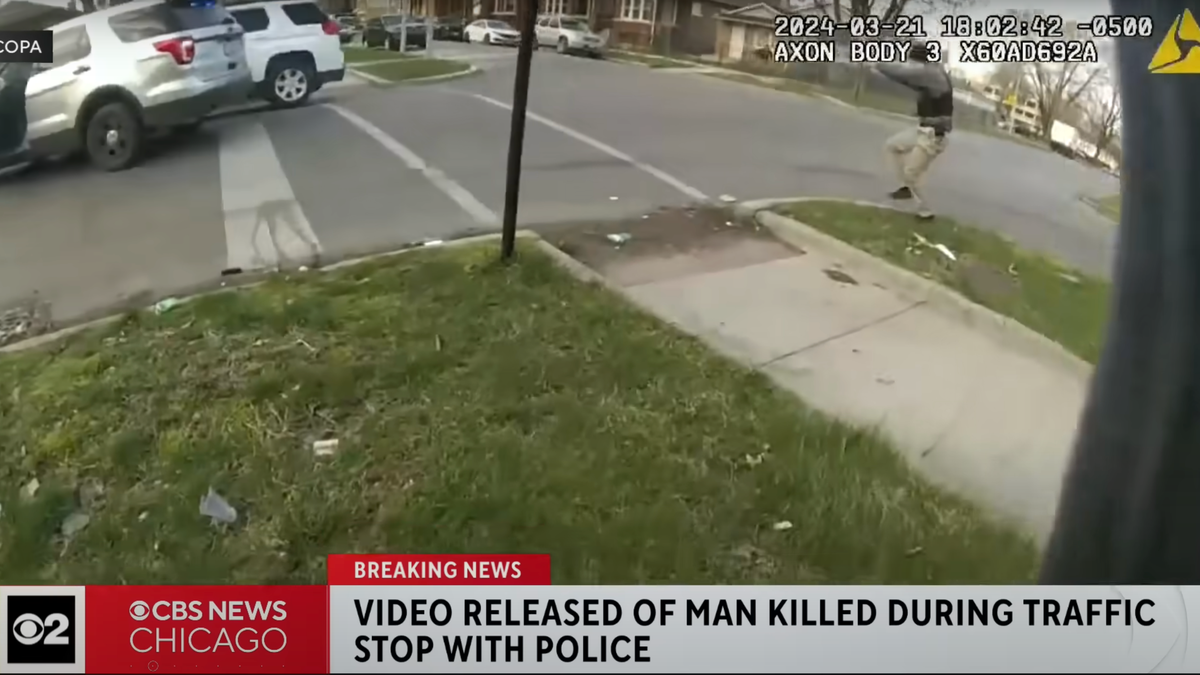Axon’s triangular aperture logo has quickly become a ubiquitous mark on the top right corner of police footage, but the company wants to amplify its role in policing. On Tuesday, the inventors of the Taser launched Draft One, generative AI software intended to transcribe camera audio into police report narratives.
Axon touts Draft One as a tool to reduce gun deaths in police interactions, like when plainclothed Chicago police fired 96 shots at a driver over a seat-beat violation. Allowing AI to play a direct role in criminal justice seems like a recipe for disaster, considering the blunders AI caused for airlines and dealerships.
Axon, previously known as TASER International, created its namesake non-lethal weapon and brought the Taser to market in the 1990s in the form we recognize today. The company prioritized developing body-worn cameras in the 2000s, introducing its first in 2008. Axon now dominates the police department market for body and vehicle cameras.
Axon claims Draft One is essentially a fix-all for police departments across the country. The manufacturer believes that the average officer spends 15 hours per week doing paper and departments are understaffed, resulting in increased response times. Axon states:
“Draft One is the latest giant leap toward Axon’s moonshot goal to reduce gun-related deaths between police and the public. Axon developed Draft One to positively impact the trajectory of what officers can achieve, allowing them to reclaim time for more meaningful and impactful work, such as investigations, patrol, training, wellness and rest.”
It’s extremely difficult to believe that AI-written police reports will lead to fewer deaths. The notice heavily leans on the philosophy that more police leads to safer communities. Hypothetically, Draft One would ideally lead to more police interactions and more bodycam footage that would be transcribed by Draft One. Axon promises that there are safeguards in place to prevent the AI from fabricating facts. However, the primary measure is requiring a police officer to approve Draft One’s report.
If you want a job done right, even paperwork, you have to do it yourself. AI has been shown to be easily manipulated in multiple instances, including when a Chevrolet dealership’s chatbot sold a Tahoe for $1. I wouldn’t be surprised if someone could convince an AI that a driver was resisting arrest when telling an officer that he wasn’t speeding.







